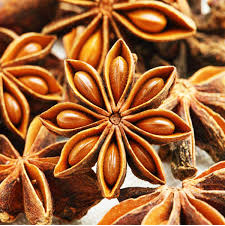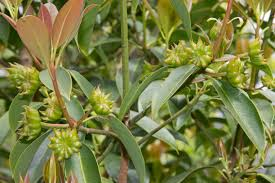Star anise, with its distinctive eight-pointed star shape, is more than just a visually appealing spice. It's a powerhouse of flavor, adding a warm, sweet, and slightly licorice-like note to dishes across the globe.Derived from the fruit of Illicium verum, a small evergreen tree native to Southeast Asia, star anise has a rich history intertwined with culinary traditions and traditional medicine.


Star Anise: A Star in the Spice Rack
Interesting Facts
Star anise is harvested from evergreen trees that can live for over 100 years.
The star-shaped fruit contains eight follicles, each containing a single seed.
Star anise is often used in potpourri and other aromatic blends.
While related in name, star anise is not botanically related to anise seed.
From its striking appearance to its captivating aroma and flavor, star anise is a truly unique spice that adds a touch of magic to kitchens and cultures worldwide.


Aromatic and Flavorful
Star anise is prized for its potent aroma and complex flavor. Its fragrance is warm, sweet, and intensely anise-like, reminiscent of licorice and fennel. The flavor mirrors this aroma, offering a sweet, slightly spicy, and lingering warmth that adds depth and complexity to both sweet and savory dishes.
Cullinary Uses
Star anise is a staple in many cuisines, particularly those of Southeast Asia and China. It's a key ingredient in Vietnamese pho, Chinese five-spice powder, and various braised dishes. It pairs beautifully with poultry, pork, and seafood, and its sweet notes make it a welcome addition to desserts, teas, and mulled wine.
Beyond the Kitchen
Beyond its culinary applications, star anise has also been used in traditional medicine. It contains shikimic acid, a compound used in the production of the antiviral drug Tamiflu. While star anise itself isn't a substitute for medication, its historical use highlights its potential medicinal properties.
A History of Trade and Tradition
Star anise has been traded for centuries, making its way along ancient spice routes and becoming a valued commodity. Its unique shape and potent flavor have cemented its place in culinary traditions and cultural practices across Asia and beyond.






